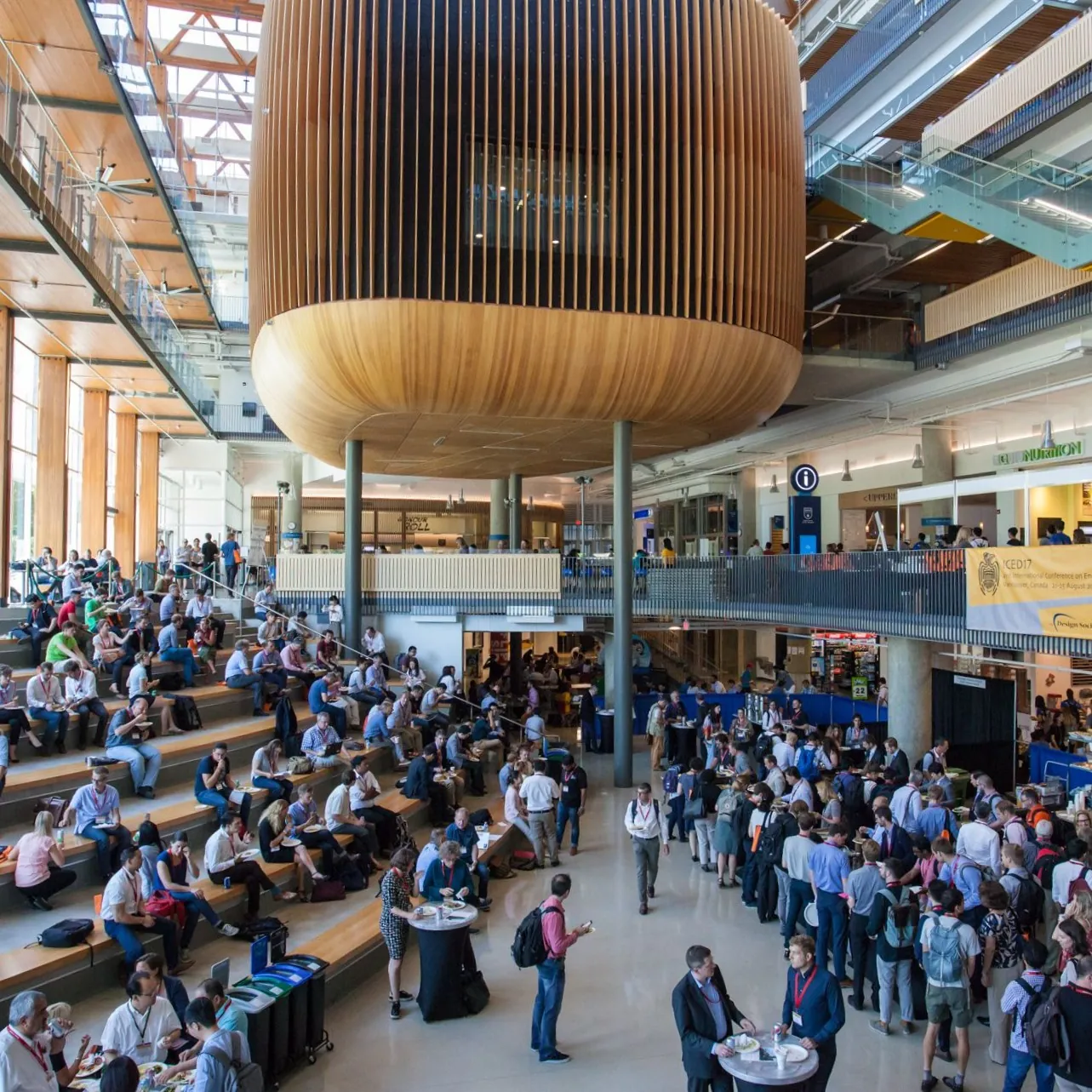FOSTERING SERVICE DESIGN EDUCATION: A MODEL FOR ENHANCING STUDENT ENGAGEMENT IN A TEAM-BASED STUDIO
Giambattista, Angela; Gironi, Camilla; Dominguez Molina, Mariel Irina
Type:
Year:
2025
Editor:
Bohemia, Erik; Buck, Lyndon; Grierson, Hilary
Author:
Series:
E&PDE
Institution:
Sapienza University of Rome, Italy
Page(s):
427 - 432
DOI number:
ISBN:
3005-4753
ISSN:
978-1-912254-22-4
Abstract:
Contemporary corporate strategies are increasingly shifting from traditional manufacturing to Product-Service Systems (PSS), marking a departure from tangible-only, product-centric views to a comprehensive digital and system-centric perspective. This requires designers to adopt integrated approaches and tools that transcend conventional product-focused methods (Morelli, 2003).This paradigm shift, also driven by societal and economic changes, paved the way for the Service Economy, and the parallel transformation of the design practice towards Service Design (Meroni & Sangiorgi, 2011). As its systemic thinking perspective provides valuable approaches to tackling global challenges, Service Design has gained increasing relevance across various sectors. However, the lack of a universally acknowledged definition of Service Design (Stickdorn & Schneider, 2012) is indirectly reflected in the Educational field, which still lacks approaches that effectively help new learners to fully grasp the concept of “Service(s)”. This article examines a studio-based educational intervention aimed at enhancing the understanding of Service Design among graduate students unfamiliar with the field. The study focuses on two objectives: (1) understanding the level of perception of service design in new learners and (2) evaluating the effectiveness of analytical service design tools in enhancing student engagement and confidence in the field. With a prospective intent to foster teaching and learning in complex and rapidly evolving contexts, the purpose of this intervention is to contribute to the development of pedagogical tools and methods for Service Design Education, ultimately aiming at introducing students - prospective new service design professionals - to systemic design thinking. Based on the “learning by doing” methodology (Dewey, 1986) and drawing from the findings indicating that ice-breaking activities have a positive impact on interactions among students and skills acquisition (Almethhib, 2009), a model of three ice-breaking tools was developed and incorporated into a one-day workshop held in a classroom environment. The envisaged model was implemented within a studio-based course, encompassing a cohort of international students exhibiting heterogeneous academic backgrounds. Three different tools were first briefly described and submitted to the students following an increasing level of complexity. Through continuous interaction among peers and with the instructors, all the participants were invited to share a final discussion in a show-and-tell modality. The effectiveness of these tools was then evaluated through an anonymous survey. The survey responses allowed us to observe that Service(s) are often referred to as mobile applications and website platforms (1), particularly underlining their intrinsic intangible and immaterial properties. (2) The majority of students reported to have gained a better understanding of the concept of Service(s) after using the proposed tools. The observed results show how analyzing one's own context and participating in discussions with peers enhances students’ reflection about the material and immaterial dimensions of service, as well as triggering curiosity and teamwork. Ice-breaking activities seem to effectively improve the positive attitudes of students towards some abstract dimensions of the design field that require a deeper understanding of user-centered systems. These different approaches can be specifically useful for students who are still new to the complexity of Service Design.
Keywords:




